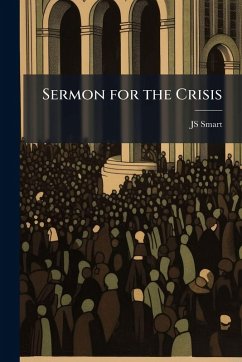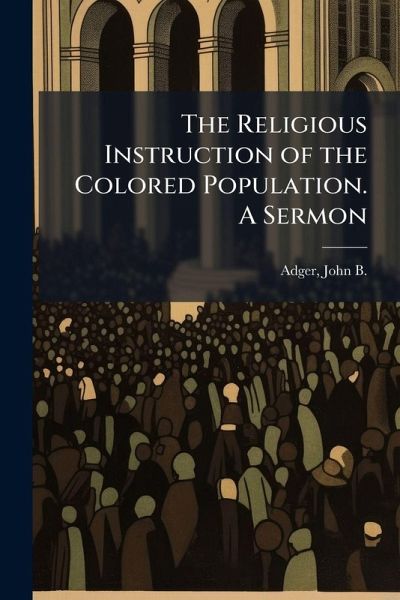
The Religious Instruction of the Colored Population. A Sermon
Versandkostenfrei!
Versandfertig in über 4 Wochen
14,99 €
inkl. MwSt.

PAYBACK Punkte
7 °P sammeln!
"The Religious Instruction of the Colored Population. A Sermon" by John B. Adger, originally delivered in 1847, offers a fascinating glimpse into the complex intersection of religion and slavery in the antebellum American South. This sermon provides insight into the perspectives of some religious leaders of the time regarding the spiritual lives of enslaved people. Adger's work serves as a valuable historical document, illuminating the social and religious attitudes prevalent during a tumultuous period in American history. This reprinting allows modern readers to examine the historical context...
"The Religious Instruction of the Colored Population. A Sermon" by John B. Adger, originally delivered in 1847, offers a fascinating glimpse into the complex intersection of religion and slavery in the antebellum American South. This sermon provides insight into the perspectives of some religious leaders of the time regarding the spiritual lives of enslaved people. Adger's work serves as a valuable historical document, illuminating the social and religious attitudes prevalent during a tumultuous period in American history. This reprinting allows modern readers to examine the historical context surrounding religious teachings and their application to the enslaved population, fostering a deeper understanding of the challenges and contradictions of the era. It is essential reading for those interested in African American history, religious history, and the history of slavery in the United States. This work has been selected by scholars as being culturally important, and is part of the knowledge base of civilization as we know it. This work was reproduced from the original artifact, and remains as true to the original work as possible. Therefore, you will see the original copyright references, library stamps (as most of these works have been housed in our most important libraries around the world), and other notations in the work. This work is in the public domain in the United States of America, and possibly other nations. Within the United States, you may freely copy and distribute this work, as no entity (individual or corporate) has a copyright on the body of the work. As a reproduction of a historical artifact, this work may contain missing or blurred pages, poor pictures, errant marks, etc. Scholars believe, and we concur, that this work is important enough to be preserved, reproduced, and made generally available to the public. We appreciate your support of the preservation process, and thank you for being an important part of keeping this knowledge alive and relevant.



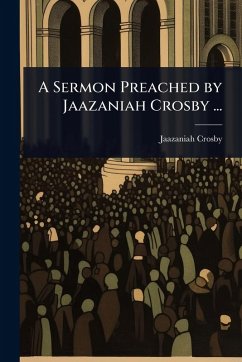
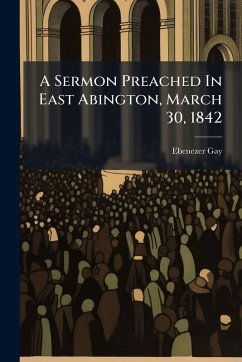
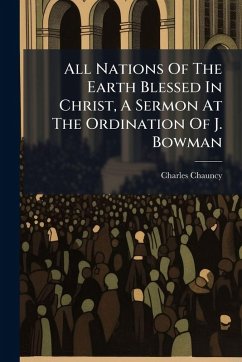

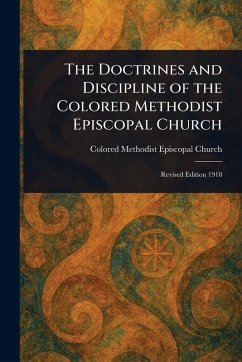

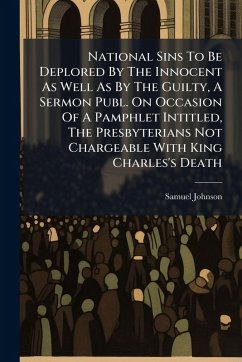

![A Sermon [on Mark Xiii,37] Preached Before The Archdeacon Of Bucks, At His Visitation ... At Stoney Stratford Cover A Sermon [on Mark Xiii,37] Preached Before The Archdeacon Of Bucks, At His Visitation ... At Stoney Stratford](https://bilder.buecher.de/produkte/74/74672/74672148n.jpg)
